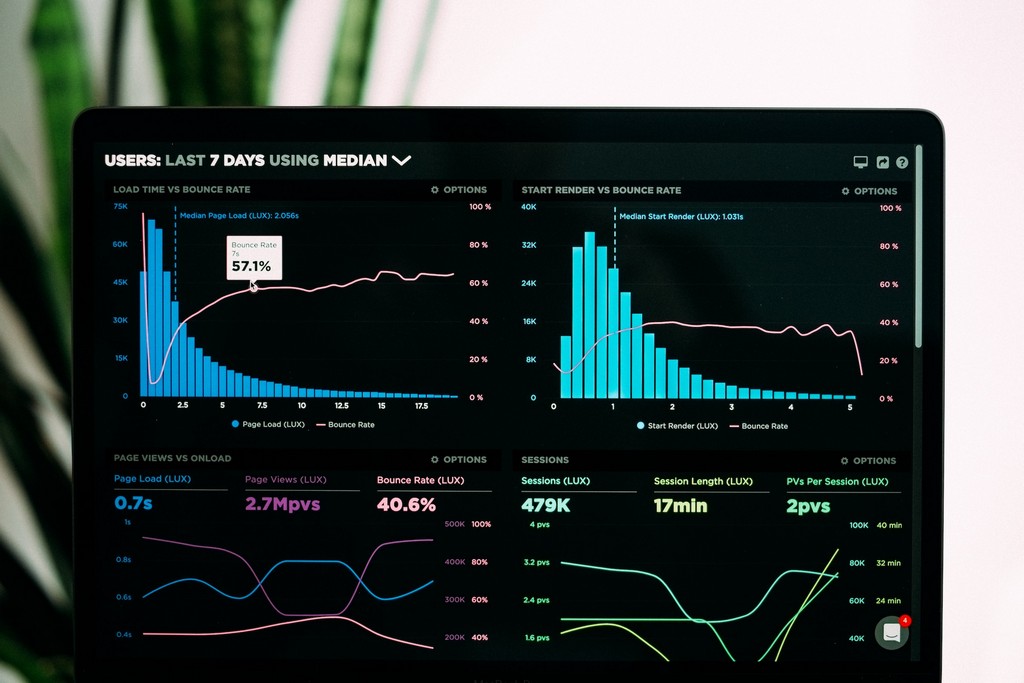A Step-by-Step Guide to UX Design Process
22/12/2023 2023-12-22 16:46A Step-by-Step Guide to UX Design Process
UX or User experience directs towards any interaction that the user has with the visualisation of a product from start to finish. It is about the overall feel that a virtual product exudes, finding its problems and solving the problems. The UX design process is the elaborate plan of creating a product from conception to finally launching it for users.
UI or User Interface refers to all kinds of features on the screen, the icons, toggles, layout of the screen and its elements. The UI design process includes the proper placement of all these elements to make the user’s interaction with the website or application easier.
In this article, we would cover the meaning, importance and the steps of UX design process in detail.
What is UX Product Design Process?
The stages of UX design process work as a skeleton for the designers to follow the UX Methodology to complete a product’s design.
The kind of product you’re designing will determine your process. The idea of “design thinking” as a UX process is understood by the majority of designers. Five steps make up this process:
- Empathize
- Define
- Ideate
- Prototype
- Test
Importance of UX Design Process
Here we have listed down the reasons necessary for a company to have a proper UX Process flow:
- Promises that the product would reach quality standards.
- The designers solve the problems without bias.
- The processes let the UX designers test and follow up on new feedback to find the solution.
- Improves teamwork and communication between different departments of the company.
- As it follows a set of protocols, it reduces the chances of faults.
- Keeps the higher-ups informed about the progress of the product’s development.
- Real feedback from user testing makes it easier to deal with bugs.
Steps in UX Design Process
The UX design process steps are divided into some key parts, from user research to finally releasing into the market. Though there is a fixed framework about how to go about it, it is a never-ending process. You continuously keep updating the application or website through customer feedback.
The world is digital now, it is essential to have a solid user experience and user interface design process to reflect your brand voice, according to UX design process case study. Here is the comprehensive list of the design process that goes into making a product:
1. Definition of the Product
The first step of the UX design process is to determine the goal of the project. You need to figure out the target audience and their needs. Think of the product will do justice as the solution to the problem they face. These discussions will be held at stakeholder meetings where the designers, along with the team members, will conceptualize the final product.
2. Users Research

After the ideation phase, the next step is to research. It includes all the following kinds of research:
- User research- It is important to get insights from the customer’s point of view, their problems and behaviours with handling the product.
- Market research- It is crucial to do market research to determine where the product will stand.
- Competition Research- Researching competitions is a fair way to understand how they deal with problems.
- Product Research- It is done to find if there is a similar product and what they are lacking and make a new product to fill up the gaps.
3. Analysis
In this phase, the designers collect all the information from the previous phase of research and create a roadmap to tackle the insights.
The analysis and planning phase determines which way the product development will occur and the necessary technologies. This roadmap is developed by creating user personas, they are fictional customers which represent actual users.
4. Designing the Product
Product designers advance to the design phase if users’ needs, wants, and expectations are evident. The quickest and easiest method for visualising our ideas is through sketches. Drawing by hand on paper, or a whiteboard or using software to do it digitally are some methods.
5. Wireframing and Prototyping
With the use of a wireframe, designers may see the fundamental layout of a potential page, together with its essential components and their relationships.

Prototypes focus on the actual interaction experience, while wireframes primarily concern structure and feel. A prototype is similar to a simulation of the product and can range in fidelity from low to high.
6.Testing
With high-fidelity prototypes, UX designers can operate accurate tests. A series of user testing is done, which validates the products for end-users. Quality testing ensures the product will be with minimum errors when it hits the market.
7. Launching for Users
The beta launch occurs when the product is ready. A select few users should be given access to the product so they may test it, find flaws, and report problems. You will receive comments on the solution’s interface and functioning.

Reiterate your product in light of the feedback you received after the beta release is over and you have analysed it. After positive feedback from beta testing, the product is ready to be launched for mass use.
Final Thoughts
If the process of UX designing has piqued your interest, and you are eager to know more about UX design process, why not think about learning more about it? JD Institute of Fashion Technology offers a 2 years Masters’s program in UI UX graduates of any stream are eligible for the course. These new-age courses can help you move up the professional ladder quicker than the others.













